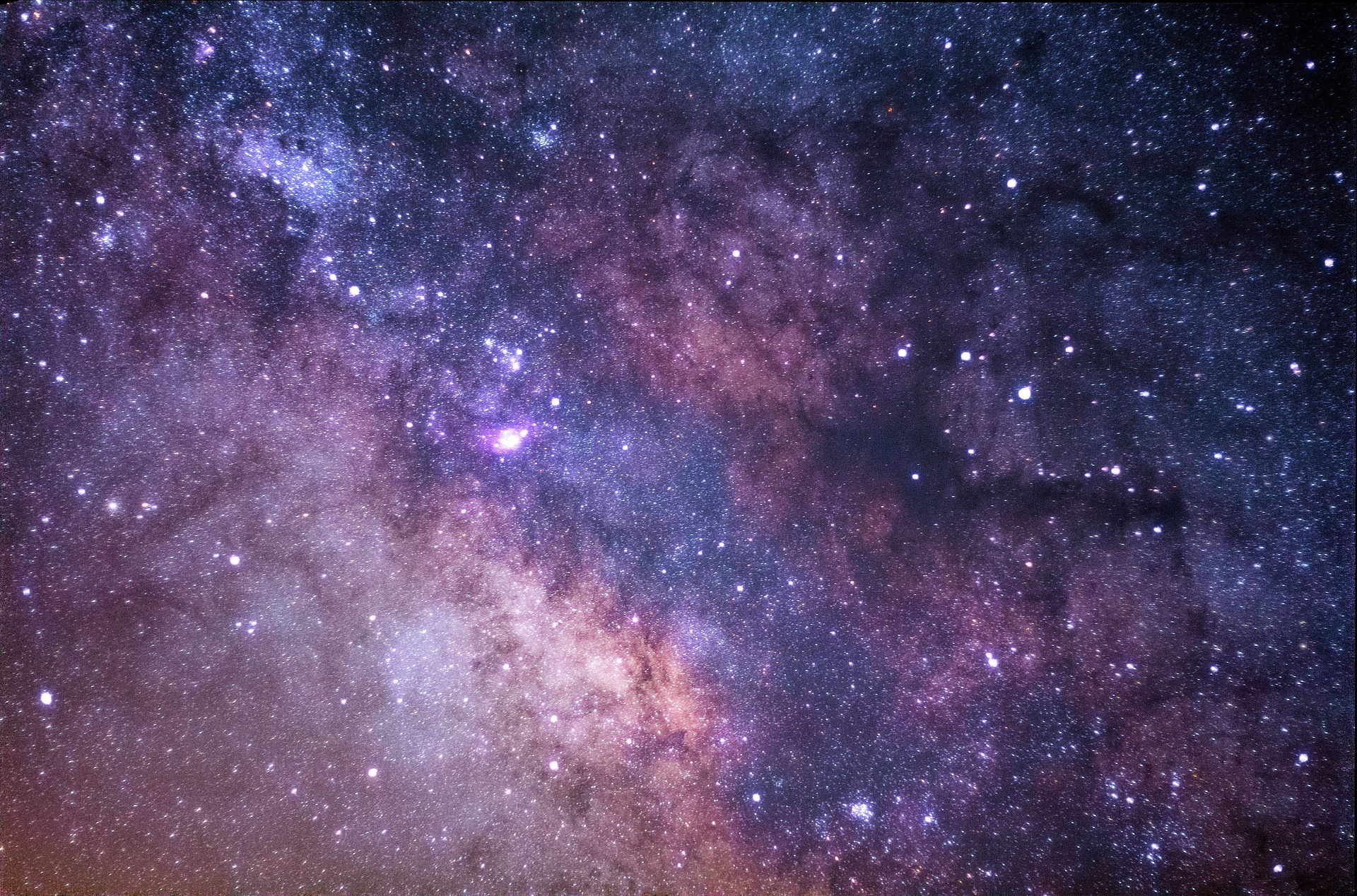It is in the middle of the Pacific Ocean that China is in the process of building a huge neutrino detector, those we nickname “ghost particles”. Why underwater and not on dry land?
Neutrinos are fundamental particles and valuable tools for astrophysicists and cosmologists in their quest to understand the origins of the Universe. Present in large quantities in the latter, it is particularly the intense events which produce them: stellar explosions, stellar collisions or supernova (like the one captured by the James Webb telescope in March of this year). China is currently building the world’s largest detector for these particles, at the bottom of the water. What makes this project so special?
TRIDENT: in search of ghost particles
If the name is a reference to Poseidon’s trident, which itself symbolizes the domination of the seas, the tone is set. It actually means “Tropical Deep-sea Neutrino Telescope”, or “Hai ling” which means “ocean bell” in Chinese. This immense device will be anchored 3,500 meters at the bottom of the western Pacific Ocean.
To detect neutrinos, this telescope will capture the brief flashes of light they produce when they interact with the ocean floor. Even if they are extremely numerous (every second, approximately 100 billion neutrinos pass through each cm2 of our body), their detection is very delicate, because their mass and their electric charge are almost zero.
The reason for choosing underwater
If the James Webb telescope and its specialized equipment was sent far from Earth to observe space as closely as possible, it is the exact opposite for TRIDENT. This will only be effective at the deepest depths of the water. Xu Donglian, chief scientist of the project, explains: “ TRIDENT will use Earth as a shield and detect neutrinos from the opposite side of the planet. As it is located close to the equator, it will be able to intercept neutrinos coming from all directions thanks to the rotation of the Earth. This will allow observation of the entire sky, without blind spots. “.
Neutrinos, when they pass through water, can sometimes produce particles called muons. If these muons exceed the speed of light while in water, they produce a brief burst of bluish light, called Cherenkov radiation. It is these luminous emanations that TRIDENT will capture, and which will possibly allow scientists to determine the origin of neutrinos.
TRIDENT will be the largest underwater telescope in the world, surpassing IceCube, which is located in Antarctica. Its dimensions speak for themselves: 7.5 km3 and 24,000 optical sensors. This monumental project should be operational by 2030.
Source : Space

5